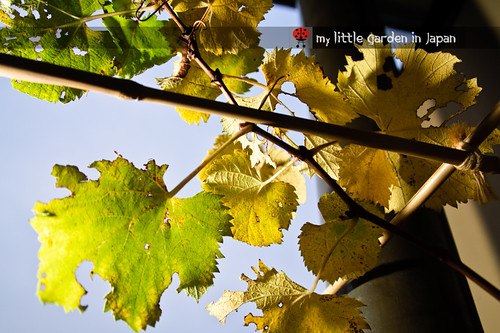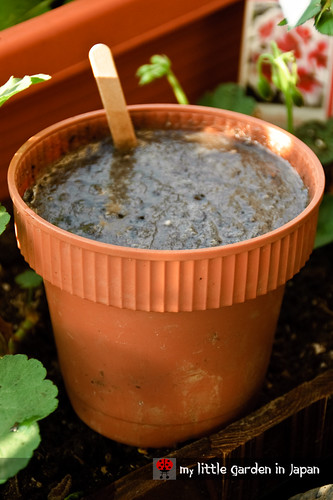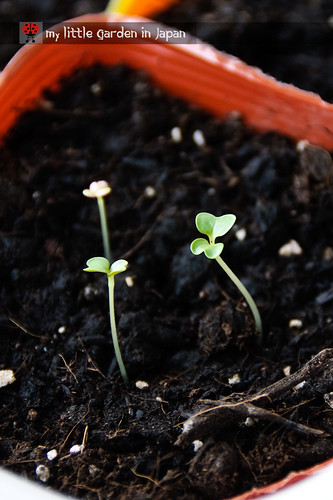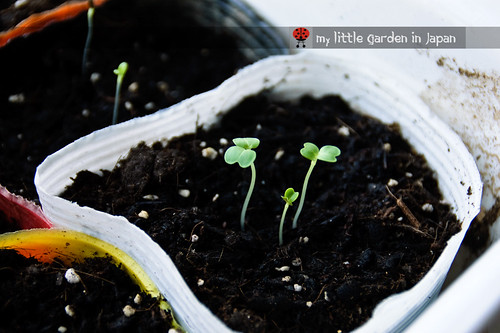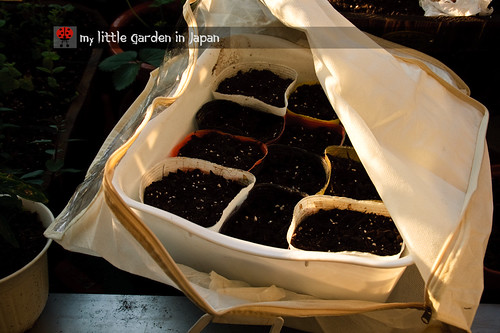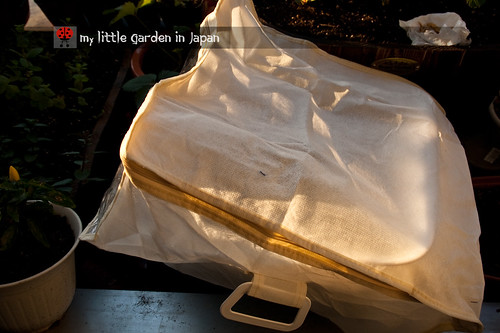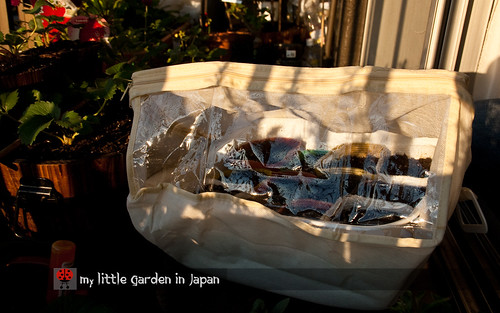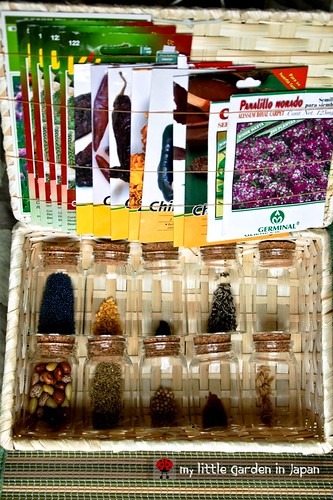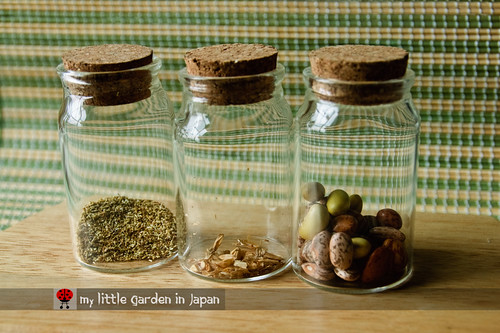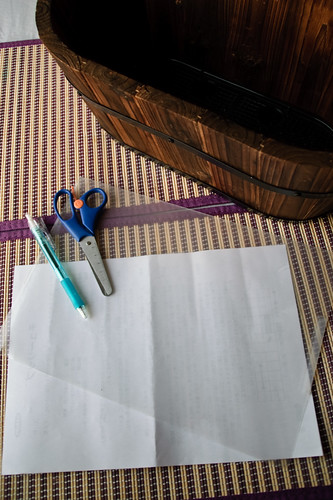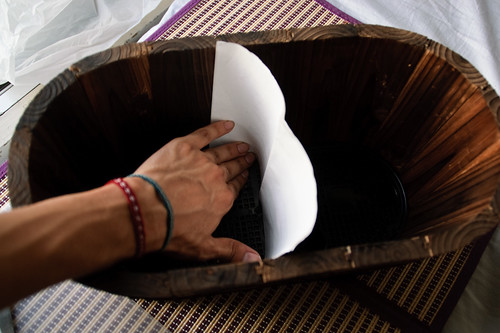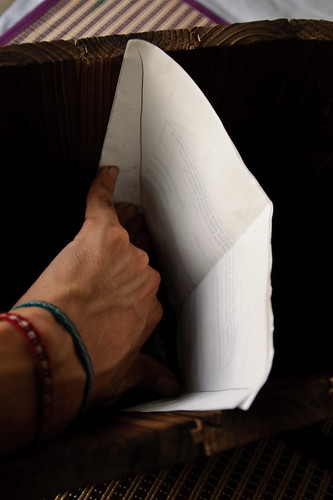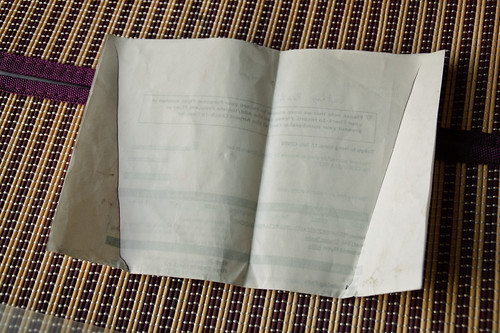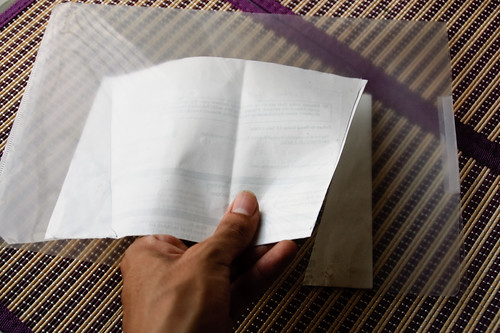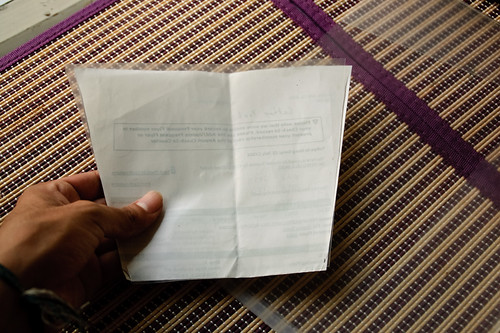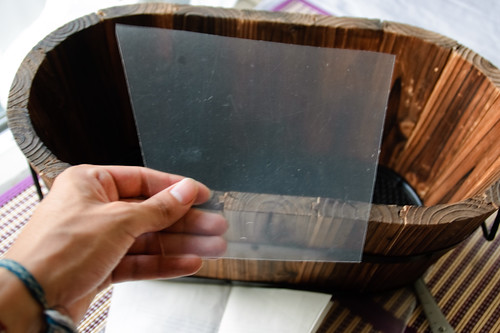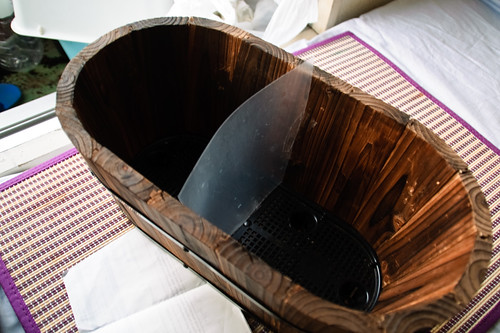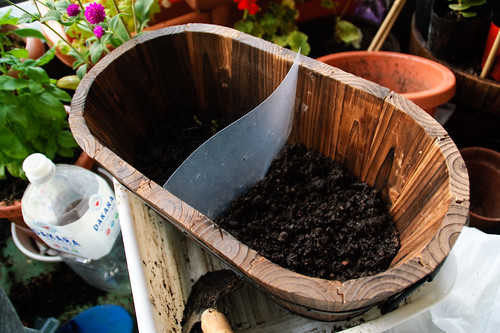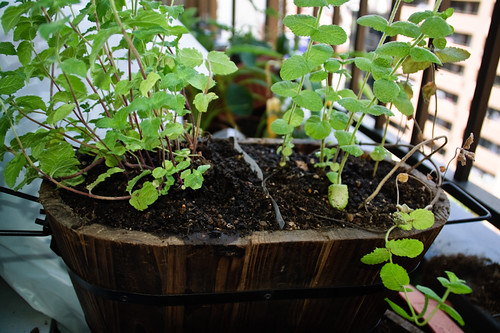This week I had a chance to set up the trellis for most of the new climbing crops. I also had to redo the grape one, because, when I moved I had taken it down. Now everything is ready for growing the season. I can't wait to see the tomatoes, beans and pumpkins climbing around.
I did a different set up for every planter because they will all grow differently. One of the biggest is the big tomato, I think this will need the most support so I tried an A shaped trellis. For the mini tomatoes, a small square one for each will work well. And finally for the beans and pumpkin planter, I did a normal square wall. I hope they will be strong enough to carry everything.
Of course I had to try doing the Japanese style. I used bamboo and japanese knots. I like how it works with trellis, the bamboo looks very nice, and when tied with that knot is very strong and secure. The only thing is that, because the bamboo I use is slim and not processed, it rots easily. So, I can only use it for temporarily structures like these seasonal supports.
Now for the grape, because it has to be a permanent structure, I used metal/plastic rods. Since my grape is only on its first year and is still very young, not much strength is required yet to hold it.
I set four pillars and two rods joining them in across to secure all. However, in the future, when the grapevine gains more weight I will add two more rods across at the middle level for extra strength.
Thank you very much to those who asked about the grape structure! I hope this helps
My best hope for those in Japan. You can help donate here.
Amazon
Google Checkout
Donation For Japan Earthquake 11th March 2011
American Red Cross
International Medical Corps
AmeriCares
Donate with Paypal
causes.com
I did a different set up for every planter because they will all grow differently. One of the biggest is the big tomato, I think this will need the most support so I tried an A shaped trellis. For the mini tomatoes, a small square one for each will work well. And finally for the beans and pumpkin planter, I did a normal square wall. I hope they will be strong enough to carry everything.
Of course I had to try doing the Japanese style. I used bamboo and japanese knots. I like how it works with trellis, the bamboo looks very nice, and when tied with that knot is very strong and secure. The only thing is that, because the bamboo I use is slim and not processed, it rots easily. So, I can only use it for temporarily structures like these seasonal supports.
Now for the grape, because it has to be a permanent structure, I used metal/plastic rods. Since my grape is only on its first year and is still very young, not much strength is required yet to hold it.
I set four pillars and two rods joining them in across to secure all. However, in the future, when the grapevine gains more weight I will add two more rods across at the middle level for extra strength.
Thank you very much to those who asked about the grape structure! I hope this helps
Please help japan with a donation or good thoughts.
My best hope for those in Japan. You can help donate here.
Amazon
Google Checkout
Donation For Japan Earthquake 11th March 2011
American Red Cross
International Medical Corps
AmeriCares
Donate with Paypal
causes.com




















